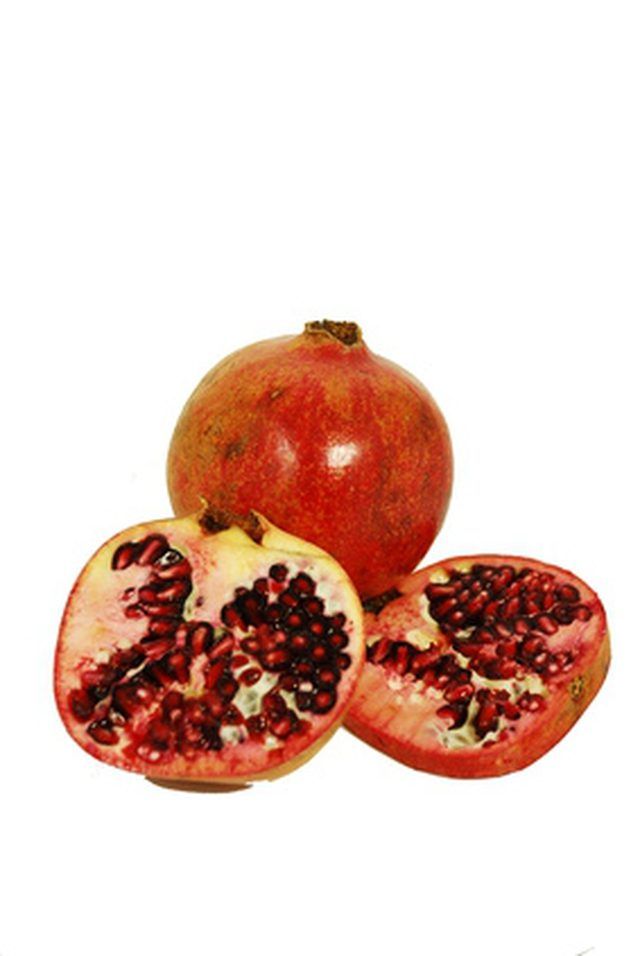Bulbs
Flower Basics
Flower Beds & Specialty Gardens
Flower Garden
Garden Furniture
Garden Gnomes
Garden Seeds
Garden Sheds
Garden Statues
Garden Tools & Supplies
Gardening Basics
Green & Organic
Groundcovers & Vines
Growing Annuals
Growing Basil
Growing Beans
Growing Berries
Growing Blueberries
Growing Cactus
Growing Corn
Growing Cotton
Growing Edibles
Growing Flowers
Growing Garlic
Growing Grapes
Growing Grass
Growing Herbs
Growing Jasmine
Growing Mint
Growing Mushrooms
Orchids
Growing Peanuts
Growing Perennials
Growing Plants
Growing Rosemary
Growing Roses
Growing Strawberries
Growing Sunflowers
Growing Thyme
Growing Tomatoes
Growing Tulips
Growing Vegetables
Herb Basics
Herb Garden
Indoor Growing
Landscaping Basics
Landscaping Patios
Landscaping Plants
Landscaping Shrubs
Landscaping Trees
Landscaping Walks & Pathways
Lawn Basics
Lawn Maintenance
Lawn Mowers
Lawn Ornaments
Lawn Planting
Lawn Tools
Outdoor Growing
Overall Landscape Planning
Pests, Weeds & Problems
Plant Basics
Rock Garden
Rose Garden
Shrubs
Soil
Specialty Gardens
Trees
Vegetable Garden
Yard Maintenance
How to Grow Pomegranates Indoors
How to Grow Pomegranates Indoors. The pomegranate is a small tree that can grow up to 30 feet tall outside. You can also keep a pomegranate tree as a houseplant if you prune it regularly, although dwarf varieties are better suited to indoor growing. Pomegranates' shiny thick leaves are narrow and pointed. Blossoms and fruit typically form within...

The pomegranate is a small tree that can grow up to 30 feet tall outside. You can also keep a pomegranate tree as a houseplant if you prune it regularly, although dwarf varieties are better suited to indoor growing. Pomegranates' shiny thick leaves are narrow and pointed. Blossoms and fruit typically form within three years of planting. Pomegranates need hot summers and cool winters to bear fruit. Pomegranates can live for 200 years in optimal conditions, according to California Rare Fruit Growers, Inc.
Things You'll Need
Pomegranate seeds or cutting
Planter
Potting soil
Plant pots
High-nitrogen fertilizer
Pruning shears
Plant pomegranate seeds or cuttings in pot with drainage holes. If you are using cuttings, cover your pomegranate's roots with 1/2 inch of potting soil. Leave 2 inches between seeds or cuttings.
Fill in around the roots with soil if you are using cuttings. Do not cover any part of the trunk with soil. Press down potting soil to eliminate any air pockets around roots; water thoroughly.
Keep constantly moist for the first two weeks or until plants are established. Select the best seedling and discard the weaker ones. Reduce watering frequency to once per week or when surface of soil begins to dry; mist foliage daily with water.
Keep your potted pomegranate tree in full sun. Fertilize every six months with high-nitrogen fertilizer. Add organic compost on top of the soil each spring .
Use pruning shears to cut back unwanted branches when your new pomegranate tree is about 2 feet tall. Clip shoots off at a 45 degree angle just above leaf nodes. Shorten branches regularly to prevent leggy growth.
Remove any crossing branches or shoots to prevent damage to the bark. Leave four shoots per branch. Remove any damaged wood. Remove any sucker branches from the lower trunk.
Transplant into a bigger pot when your pomegranate becomes root-bound. Watch for foliage damage from insects. If you notice pests, attempt to flush with water before resorting to pesticides.
Pick fruit in autumn. Peel fruit and if the seeds are bright in color and the inside is juicy, it is ripe.
Tips & Warnings
For best results, purchase a young, nursery-grown dwarf pomegranate for indoor growing. Planting a seed from a grocery store fruit is unreliable because many fruits come from hybrids plants so the offspring will never grow fruit. They do, however, still make nice, free ornamental houseplants.